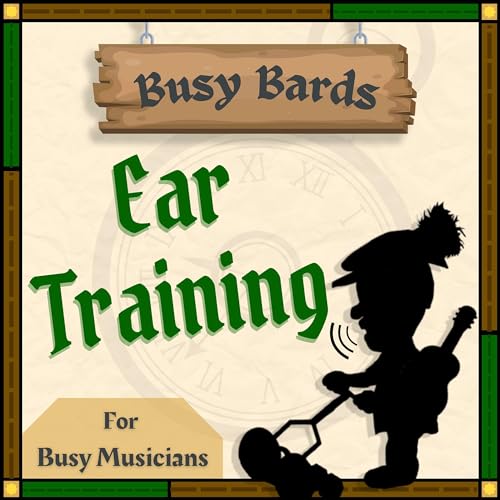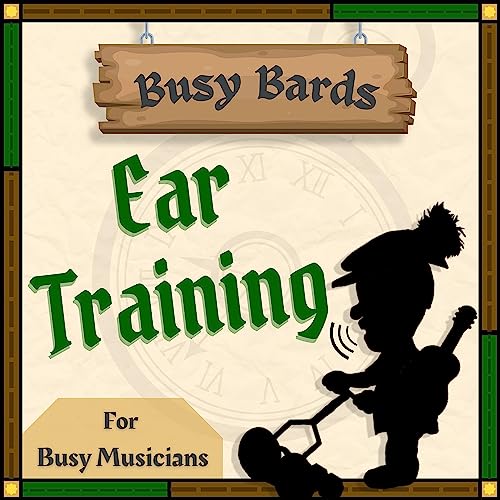Now that the foundation of rhythm is established; The central beat, our teacher is able to take it to the next level. While listening to the bickering of the camp-mates, you decide to use the natural rhythm of the birds singing in the trees to introduce the essential building blocks of rhythm: The Quarter Note, the Eighth Note, The Sixteenth Note, and the Triplet. These core note values can be subdivided into the smaller “bricks” of rhythm that drive our entire music system. And, there’s only of them for you to learn (that’s next episode’s task, though.)
Additionally, figure out why we prefer to think of rhythm in terms of starting points (WHEN does the rhythm start) instead of note values (How long does it last for?)
With each exercise, we’ll also use the most rhythm for creating unique beats: Rests. (Aka, not playing at all.)
Get ready to lay down the foundation for your rhythm ear training!
Chapters:
(00:00:00) Our meets up with the students to begin the lesson.
(00:02:20) In This Episode…..+Theme
(00:03:25) Focus on the ability to pick out an individual sound, among many.
(00:04:40) Picking out the difference between rhythms and beats
(00:05:30) Rhythm Counting Method 1: Counting along to rhythms using “1 2 3 and 4”
(00:06:30) Rhythm Counting Method 2: The Ta Ka Di Mi (takadimi) style of rhythm, and why we’re going to use it.
(00:07:50) Rhythm Counting Method 3: Not counting along at all and simply repeating it.
(00:09:29) Beginning our rhythm exercises by finding the beat, and the measure count we want to use.
(00:10:33) Rhythmic Brick 1: Quarter Notes (Ta)
(00:11:30) Quarter Note and Rests Exercises
(00:12:50) Eighth Notes and Exercises (Ta Di)
(00:15:05) 16th Notes and Exercises (Ta Ka Di Mi)
(00:17:10) Triplets (Ta Ki Da) and Exercises
(00:19:55) Student wonders why I didn’t focus on traditional Note Values
(00:21:20) Why we use the “starting point mentality” of rhythm.
(00:22:15) Why you’re not missing out by NOT using traditional note values.
My online home base will be my instagram at: www.instagram.com/busybards
Follow for updates, ear training quizzes, early music, memes, banter, and more.
Please leave a review and rating on your podcast platform to help the show reach other busy bards like you!
 14 min
14 min 26 min
26 min 22 min
22 min 24 min
24 min Jun 27 202320 min
Jun 27 202320 min Jun 22 202324 min
Jun 22 202324 min 24 min
24 min Jun 14 202323 min
Jun 14 202323 min
